Clever Little Goodall
Its not often you come across a company and realise that they are doing something that is a small stroke of genious. This is smart fashion for kids with kids in mind. This is the extraordinary brought to the ordinary everydays. The idea itself has been lurking around for generations in the coarse form of halloween and fancy party costumes. And yet Little Goodall has cleverly taken the dress up ceremony every child adores and has made it into a well tailored common day gear. It is absolutely fascinating how these businesses start out, how they develop and what exactly makes them tick and make profit.’ I am so pleased to introduce you to Molly Goodall, the lady behind the ultimate Lion Coat.
Masha: Tell us the story behind your very first coat.
Molly: When my son was about two years old, he did not want to wear the hoods on his coats, or any sort of hat.’ This was a problem because it was getting colder and he kept getting ear infections, so it was important to keep his ears covered when he went out to play.’ I had an idea that if I made him a coat which was like a lion costume he might keep the hood up.’ I found some golden yellow wool blend felt at my local fabric store and some fuzzy yarn to match, and made the first coat on my dining room table.’ Before having my son, my passion was watercolor, and I would sit for hours painting.’ After he was born I just couldn’t find the time I needed to concentrate and paint, so I was really in need of a new creative outlet.’ Sewing for him fit right into my mommy-schedule, because I could accomplish more in less time and feel productive again!
Masha:‘ What happened next? Did you make a lean decision from the start to open an etsy store and try your luck or was it the mighty power of word of mouth that pushed you to believe this product was worth trying as a business?
Molly:‘ Whenever my son wore his lion coat, people commented on it. A friend had found success sewing cloth baby diapers on Etsy and suggested it might be a good market for the me.’ I set up a store in September of 2010.’ I listed a lion coat and it sold overnight.’ I listed another and it sold too, so I kept going, and sewing!’ The feedback I received was so rewarding that I decided to try more styles, and it has grown from there. I really began to think of it as a full time business in the summer of 2012 when Gilt Groupe placed a large order, and I also began to sell to boutiques around the world. I try to go with my gut instead of anticipating trends.’ If I love it, I try it, and hope others will love it too.
Masha:‘ The coats are top notch quality and I sincerely applause you for the simplicity of the design solutions as well as the excellent execution. Do you design and sew everything yourself? And if so, tell us how it was possible to produce such well tailored clothes from the start?
Molly:‘ I do all the design work myself.’ In the beginning I did everything (pattern drafting, grading, cutting, sewing, finishing, pressing, packing, shipping).’ I have a BFA from Parsons The New School for Design in Fashion Design, so my background is in garment design and construction. While in school, I interned at Isaac Mizrahi, Liz Claiborne, and with an Italian custom tailor, and I learned a lot about quality from all of them.
The first ten lion coats were fun to make, by the time I got to the hundredth, I was bursting with new ideas but my fingers were worn out, orders were piling up, and I wasn’t getting much sleep.’ I began to brainstorm ways to make the coats better, and look for help in my community.’ The first improvement I made was working with a couple who custom makes metal dies.’ They made dies (like cookie cutters) to cut the eyes, noses, ears, and claws for all the different animals, so we could punch them out with a clicker machine.’ Then I found a local pattern maker, pattern grader, and pattern marker, who standardized my sizing and improved the accuracy of my original patterns. Finally I found some very skilled local sewers who learned the techniques I use to make the coats.’ All of this frees me up to create new designs, improve upon existing ones, and source new materials.’ I love the people I work with, and together we are able to turn out a much better product than when I was doing it all on my own.’ We are all very proud that we make something with our hands here in North Texas that is exported to customers all around the world.
‘
Masha:‘ How do you choose the fabrics you work with?
Molly:‘ I began with woolfelt, which I have always loved the look and feel of.’ I also use wool wovens for the classic girls coats.’ I love natural fibers like wool, cotton, silk, and linen, and try to use them as much as possible, but sometimes synthetics or blends are more practical where children are concerned.’ For example, I originally lined the coats with 100% cotton print linings.’ However, it is difficult for children to pull on cotton lined coats themselves, so I switched to poly charmeuse, which slides on easily over other clothing and does not shrink.’ This year is the first that I will offer a Spring/Summer line which includes dresses made of fine 100% cotton which is hand block printed for us, 100% linen dresses and jackets, and some coats which have a 100% organic cotton sherpa lining.
Masha:‘ How many people are on your team? For example who takes care of accountancy, PR and other business essentials in your company?
Molly:‘ I count five people on my main team – bookkeeper, web team (2 people), spreadsheet design (my dad), and an intern, but they are all very part time -a few hours a week at most- except for me.’ I handle all PR, orders, packing and shipping and invoicing myself.’ if you send an email or convo, I will be the one answering!’ I should also mention my husband, who is my business partner and helps with everything from big decisions to folding coats.
Masha:‘ You had a career in toys and childrenswear, you were an artist, you became a mother and opened your own specialist childrenswear company. Are you happy where you are with your life and work?
Molly:‘ Yes!’ By my senior year of college I decided to focus on childrenswear, I think I was the only one in my class who did so, so it is fitting that I ended up here doing this today.’ I love what I do and feel very fortunate that others like it as well.
Masha:‘ Describe your usual working day routine.
Molly:‘ I usually get up pretty early so that I can organize my day. I have breakfast with my husband and son, make my son’s lunch, and get him off to Kindergarten.’ Then I spend some time at the computer answering email, processing orders, and ordering materials.’ The rest of the morning is spent moving projects along – working on new designs, making a sample, drawing templates for dies, maybe planning or writing a blog post.’ I eat lunch at home and then head out to visit whomever I need to see that day – cutter, pattern maker, pattern grader, sewers, etc. – before I pick my son up from school.’ After school he plays a bit while I pack any orders which need to be shipped and print postage, then we head to the park or a museum or wherever the day leads us.’ My husband gets home and then then evenings are family time.
Masha:‘ ‘ The ultimate question each aspiring mother wants to know: how do you balance your life as a mother and a business woman? What are your top tips?
Molly:‘ It has been said before by others, but be kind to yourself, and listen to your heart! I try to do as much computer stuff as I can when my son is either asleep in the morning, or at school so he is not competing with a screen for my attention. Look for ways to involve your children in your work.’ If they see that you enjoy what you do, they will also seek adult employment which is meaningful to them. Often I will create a parallel project – if I am sketching I will set him up to sketch as well, or give him felt scraps and buttons to cut and glue, or a needle and thread to sew scraps with.’ It makes my work slower, but his feeling of involvement is worth it. Recently he has learned to use the sewing machine (while closely supervised) and likes to sew layers of felt together.’ He goes with me to visit the various people on my team and sees how each individual’s talents go into making the finished product, and also sees how we treat each other with respect and handle conflicts amiably when they arise.
The best part of owning your own business is being able to tailor it to your own needs and the needs of your family, and sometimes this is easy to forget. Whenever I realize that something is just not fun anymore, I look for ways to adjust it or eliminate it from my workload.
Masha:‘ What does success mean to you?
Molly:‘ Success means waking up in the morning with joy in my heart, excited for the day ahead.’ Success means having the time and finances to pursue projects, ideas, and dreams which are meaningful to me and my family.’ I may not always be successful by these measures, but I am always striving for it.





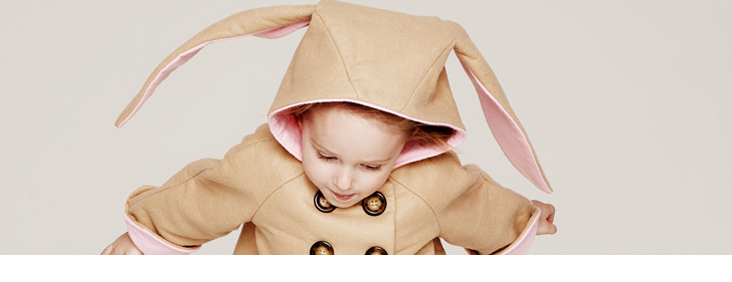





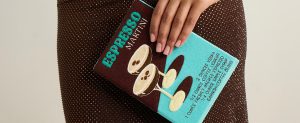
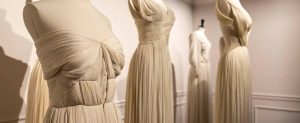
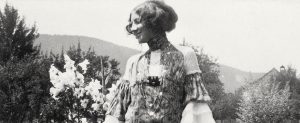
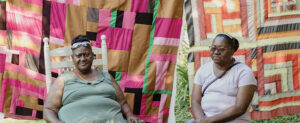
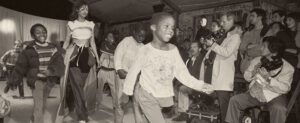















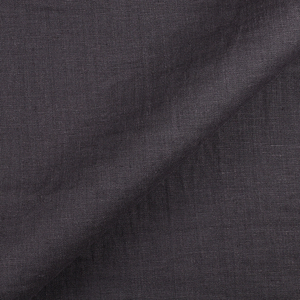
















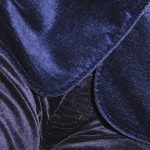
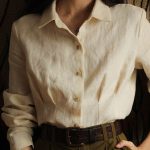

Leave a comment